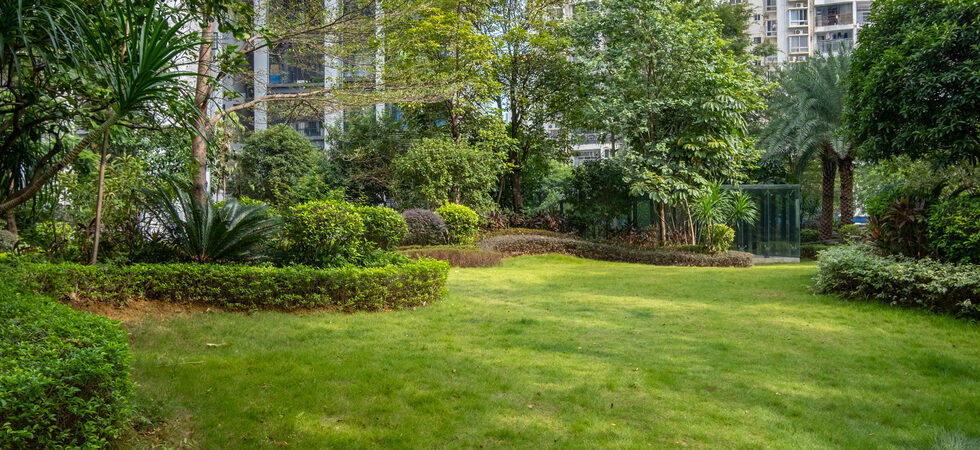Creating Shade, Comfort, and Safety in Outdoor Public Spaces
Urban outdoor spaces play a crucial role in fostering community interaction, improving quality of life, and promoting well-being. However, these spaces can become underutilized without thoughtful planning, especially in areas with harsh weather conditions or safety concerns. You can create environments that attract visitors and encourage longer stays by focusing on shade, comfort, and safety. Here are five practical strategies to create shade, comfort, and safety in outdoor public spaces.
Natural Shade Solution
Trees provide much-needed shade while offering numerous environmental benefits. They cool the surrounding area by reducing the heat island effect, lowering energy costs, and improving air quality. Large, native canopy trees work exceptionally well since they adapt to local climates and support biodiversity.
Prioritize tree-lined walkways, parks, and plazas as effective ways to promote natural cooling and shield people from harsh sunlight. For instance, studies show that shaded areas with trees can be up to 20 degrees cooler than without, making them indispensable for creating functional outdoor spaces.
Incorporating Shade Structures
Shade structures, such as pergolas, awnings, or tensile fabric canopies, offer fantastic complementary protection in areas where you can’t plant trees. These structures allow urban planners to design shaded areas that can double as aesthetic focal points. Materials like UV-resistant fabrics or durable metals increase functionality and longevity.
Modular designs allow spaces to cater to different events or functions, making areas more dynamic and versatile. You can incorporate artistic elements into these structures, blending practicality with visual appeal.
Comfortable Seating and Social Interaction Zones
Public spaces thrive with comfortable and accessible seating options. When planners integrate ergonomic and climate-conscious seating, they encourage visitors to relax and engage more deeply with the environment. People have a cozy place to gather, and you’ve created a healthy outdoor space.
Positioning seating in shaded areas or near water features maximizes comfort. Including movable chairs or picnic-style layouts can foster social interactions by offering flexibility for both individuals and groups. Social interaction zones, such as public tables or amphitheater-style seating, enhance the sense of connection and community, making spaces feel inclusive and alive.
Public Art and Green Walls
Public art installations and green walls elevate outdoor spaces by adding visual charm while offering practical benefits. Vertical gardens and living walls can reduce noise, improve air quality, and make dense urban spaces feel more inviting. Public art and murals enhance the cultural identity of the space, creating strong emotional connections for communities.
Such thoughtful implementations lower stress levels and encourage people to spend more time outdoors. For example, parks featuring green walls and vibrant art installations will see increased visitor footfall and longer stays.
Prioritizing Safety With Lighting and Surveillance
Safety plays a central role in the usability of public spaces. Well-lit areas deter crime and make visitors feel secure after sunset. Urban planners use energy-efficient LED lighting with warm tones to create inviting environments. Strategically placed security cameras and emergency callboxes promote peace of mind.
Equally important, incorporating open designs and clear lines of sight prevents spaces from feeling concealed or unsafe. Collaboration with local law enforcement or community groups often leads to innovative safety enhancements that align well with the needs of the space.
Developing outdoor public spaces prioritizing shade, comfort, and safety boosts community health, encourages engagement, and builds a strong sense of place. Simple yet effective strategies turn underutilized areas into thriving community hubs. Urban planners can shape these spaces into environments where residents and visitors feel connected, comfortable, and inspired to spend more time outdoors. Start shaping public spaces that redefine urban living and foster healthier communities.

